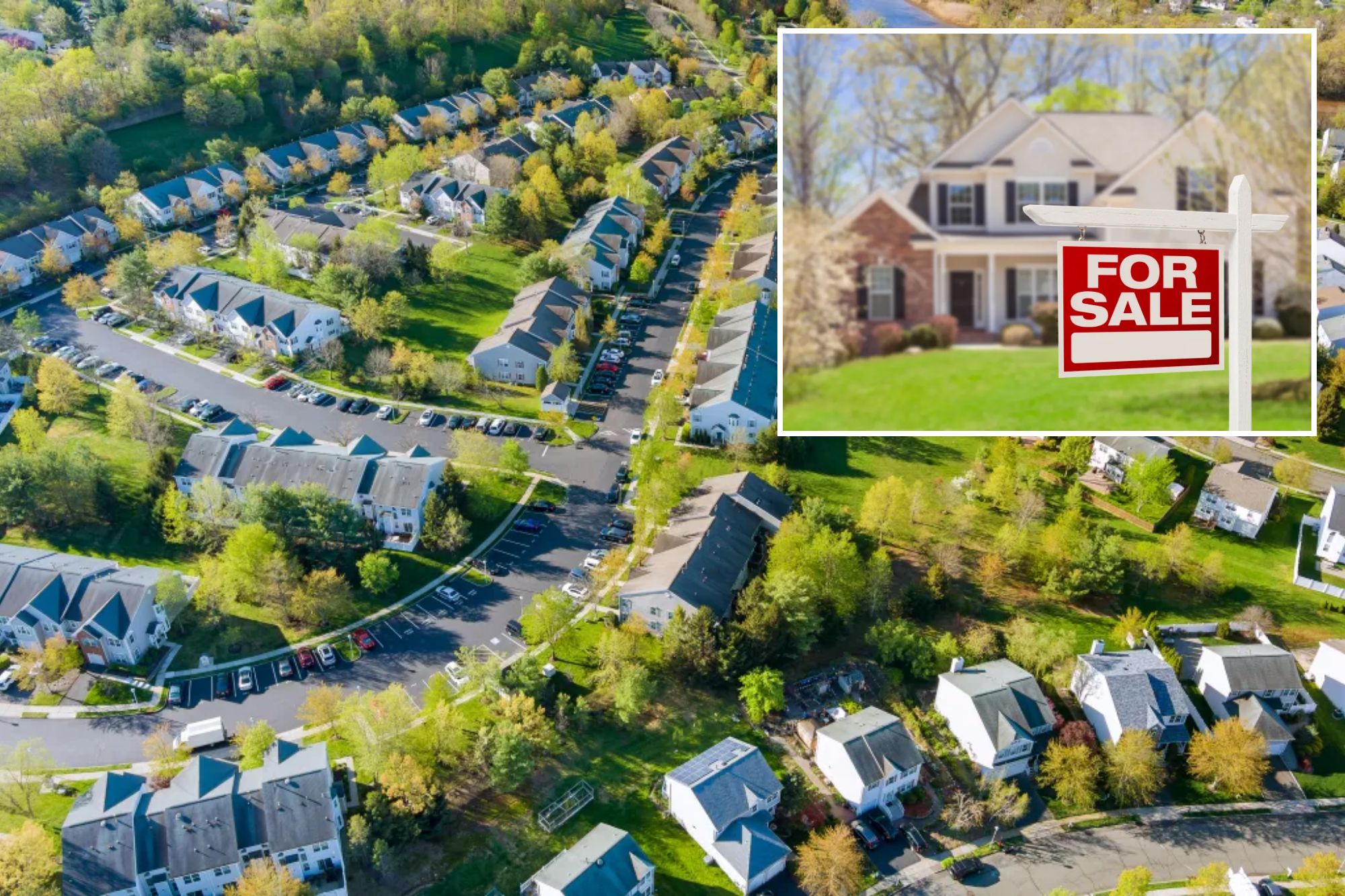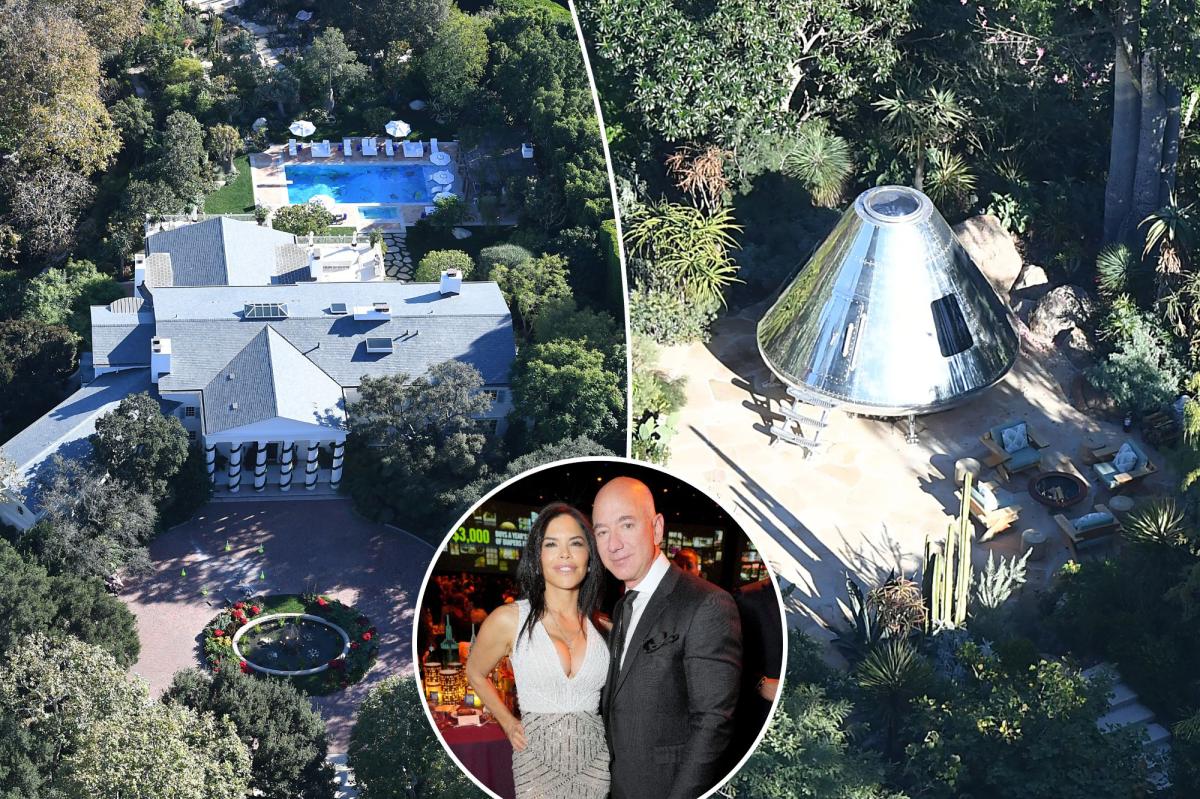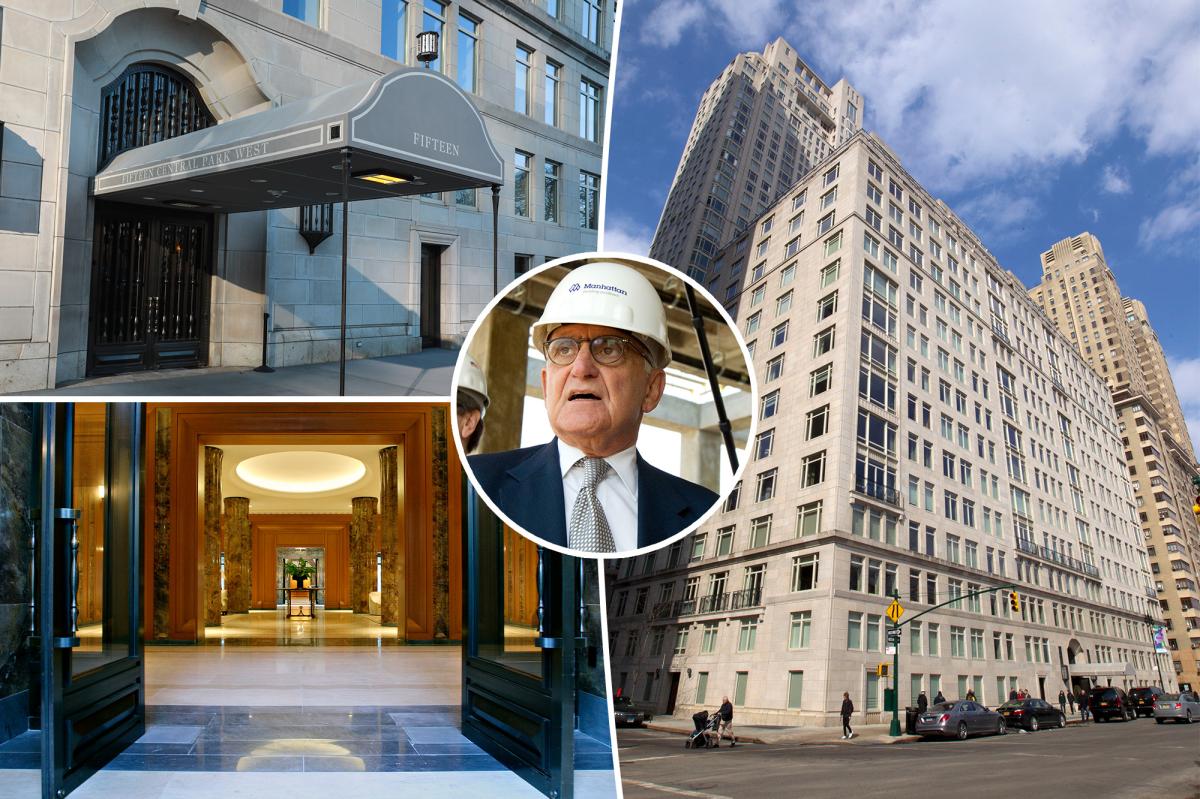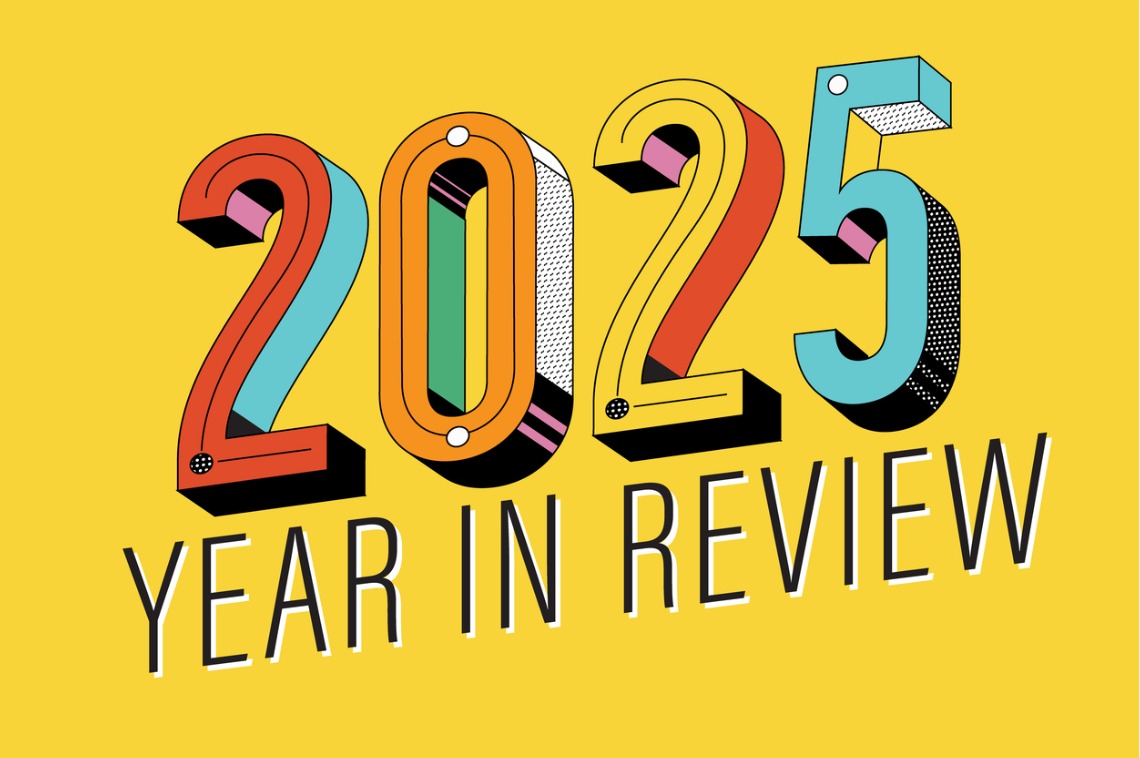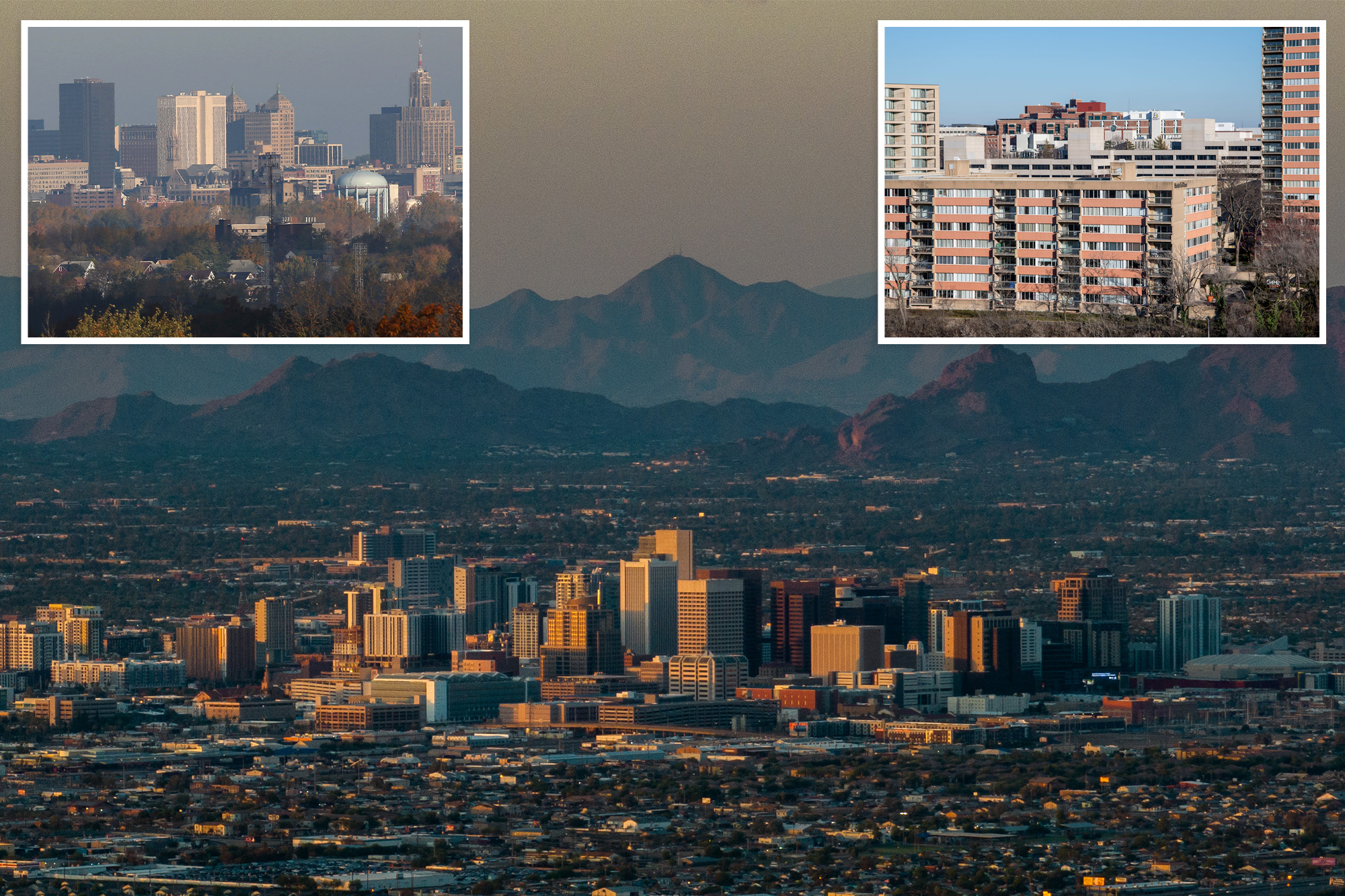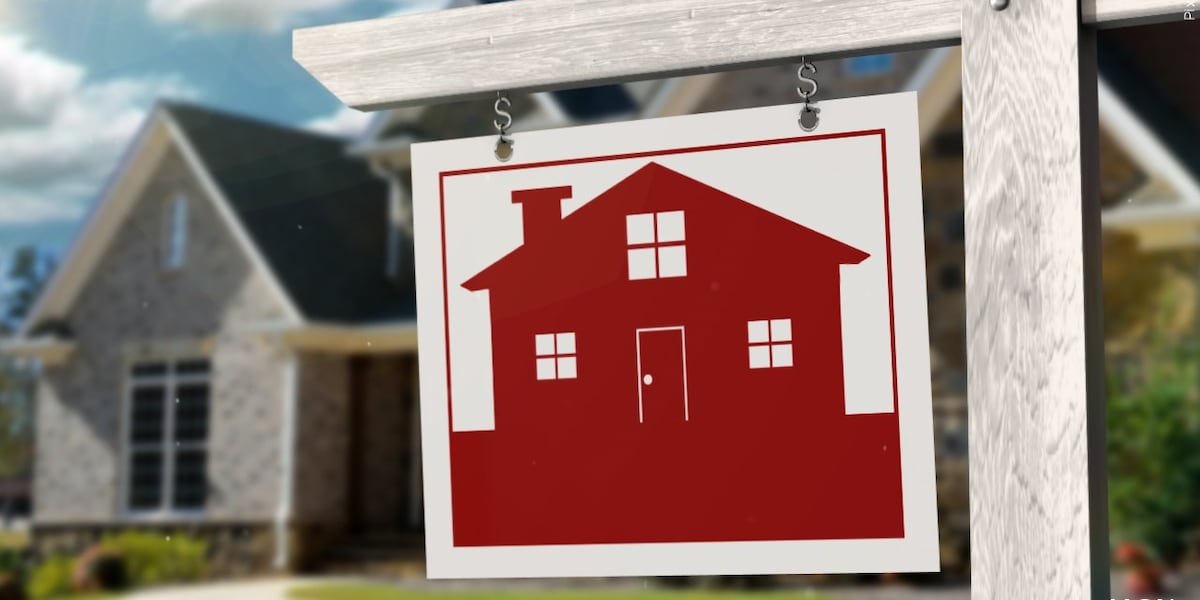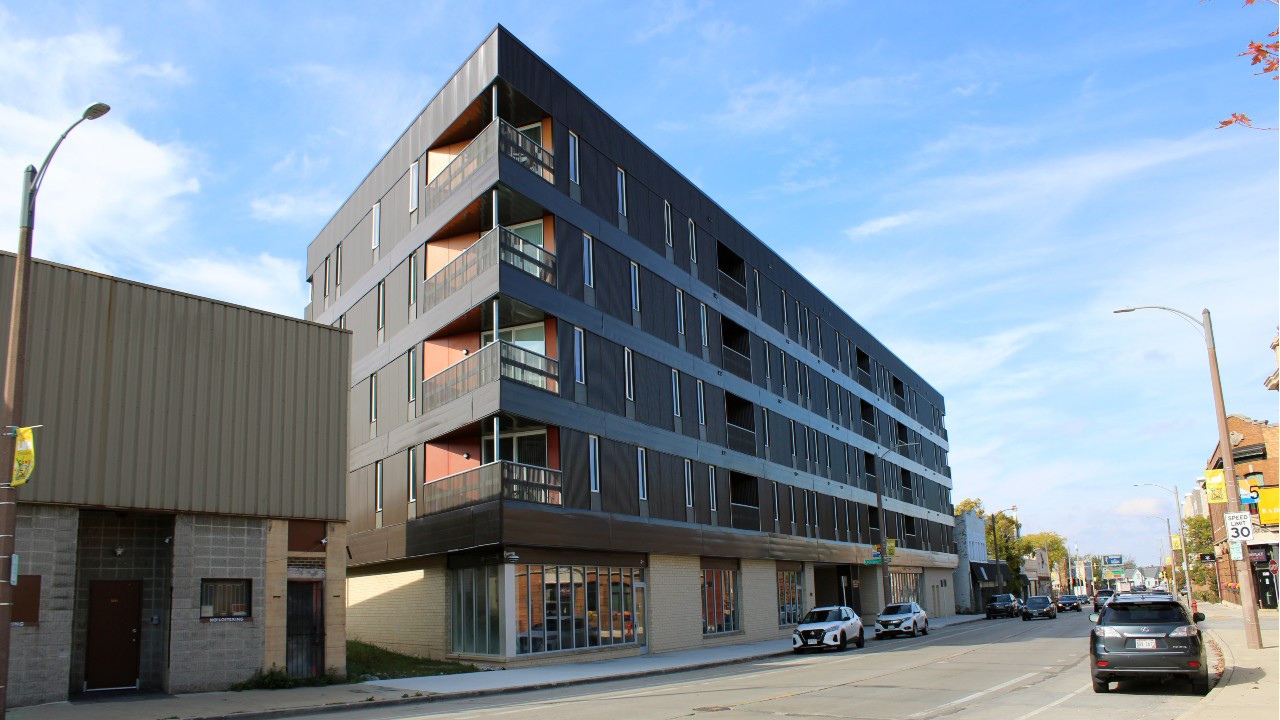T
he pandemic-era housing market is experiencing a significant shift, with some of the hottest markets now grappling with a surplus of listings and not enough willing buyers. According to Redfin, April saw nearly half a million more homes listed than buyers, the largest gap since at least 2013.
In areas like Miami, there were almost three times as many sellers as buyers in April, leading sellers to slash asking prices to entice cautious buyers. Jeff Lichtenstein, president of Echo Fine Properties in Palm Beach Gardens, Florida, notes that "there will be more price reductions going on" and that sellers are willing to sell at lower numbers.
The inventory of homes for sale is finally rising, but many buyers remain on the sidelines due to high prices, elevated mortgage rates, and economic uncertainty. This marks a sharp reversal for the Sunbelt, which saw home values soar during the COVID years. Now, metros like Atlanta, Austin, Phoenix, and Tampa are seeing listings linger as affordability challenges and higher mortgage rates take hold.
Nationally, home prices are still rising but at a slower pace. US prices climbed 1.4% in May from a year earlier, down from 2% annual growth in April. Twenty-four of the 100 largest metro areas posted year-over-year price declines in May, with most concentrated in the Sunbelt.
Buyers appear to be in no rush, and home sales have stalled in many areas. Sellers are listing properties out of necessity rather than opportunity, cutting prices or offering concessions to attract hesitant buyers. Some are relocating for jobs, while others are exiting investment properties as costs rise or in anticipation of a price dip.
"It doesn't feel like buyer demand is going to come back that much," says Chen Zhao, Redfin's head of economic research. "Prices are just too high." Despite the increase in supply, existing-home sales in April hit their slowest pace for that month since 2009.
